Latest NRAO News
News is managed by NRAO News & Public Information. Questions about News? Have a story to share? Want to interview a scientist or create new media about our telescopes?
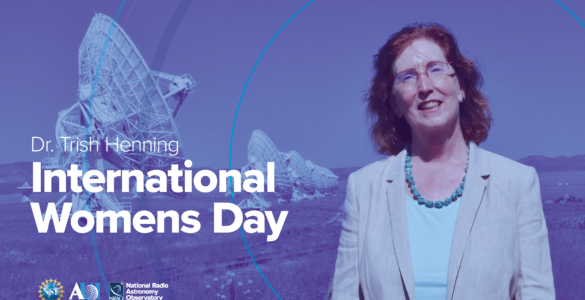
This International Women’s Day, the National Radio Astronomy Observatory (NRAO) celebrates the selection of Dr. Patricia (Trish) Henning as the next Associate Director for New Mexico Operations
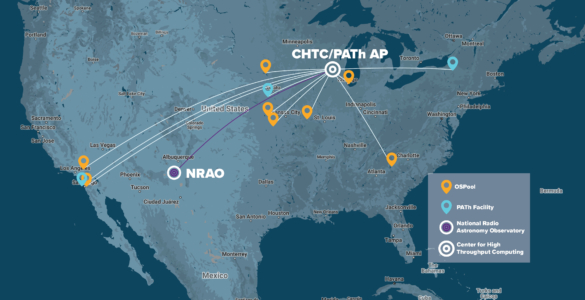
Looking for a more efficient way to process a particularly large VLA data set, to produce one of the deepest radio images of the Hubble Ultra Deep Field (HUDF), made famous by the Hubble Telescope, NRAO staff decided to try a different approach.
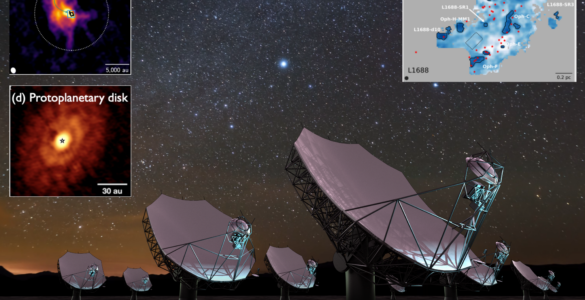
Over the course of two scientific meetings, held in 2022 and 2023, German astronomers have collected 41 highly compelling science cases involving 57 unique authors from 19 German institutions, all aspiring to use the ngVLA.
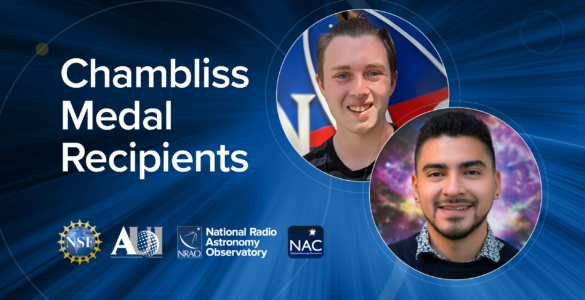
Two student researchers from the National Radio Astronomy Observatory’s National Astronomy Consortium (NAC) program were each awarded the prestigious…

How can humans protect the Earth from “devastating asteroid and comet impacts?” According to the National Academies and their…
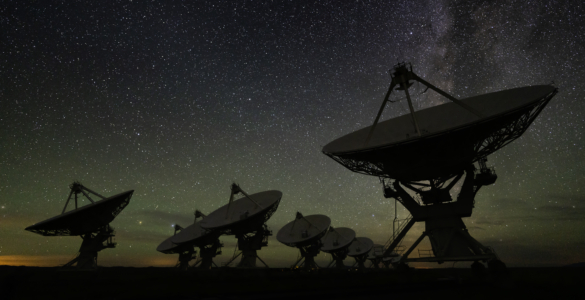
What happens to planet-sized objects that don’t have a star? A team of astronomers studying Jupiter-mass binary objects (JuMBOs) in the Orion Nebula are gaining a new understanding of these unusual systems.





